
Concept explainers
Use the superposition principle to find io and vo in the circuit of Fig. 4.79.
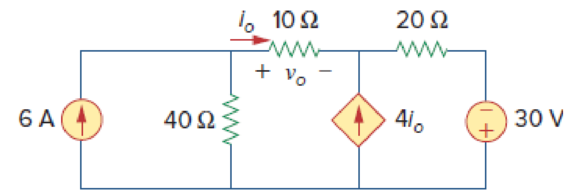
Figure 4.79
Find the value of the voltage
Answer to Problem 11P
The value of the voltage
Explanation of Solution
Given data:
Refer to Figure 4.79 in the textbook.
Calculation:
The circuit in Figure 4.79 involves a current-controlled current source, which must be left intact. Let
Where
To obtain
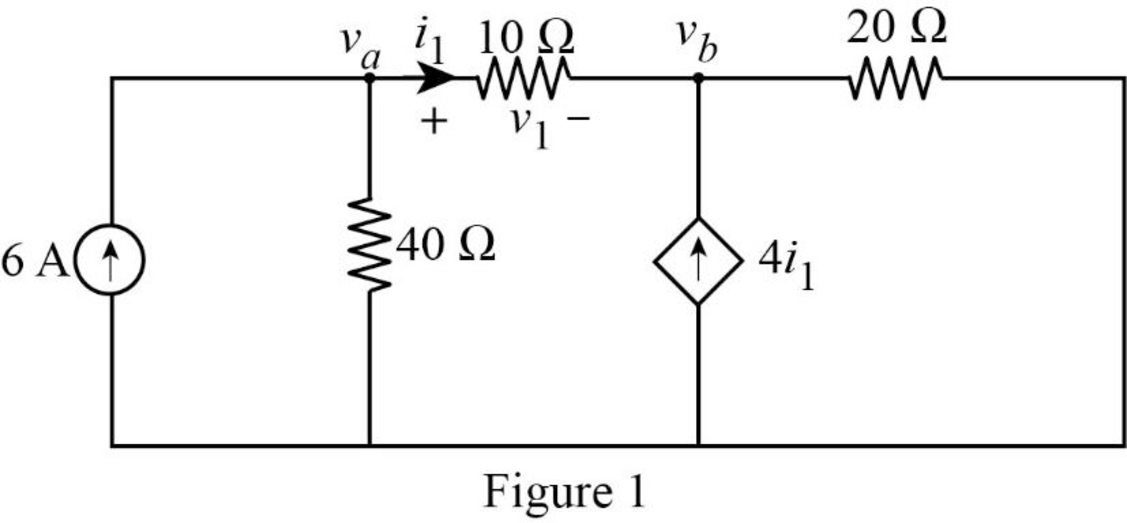
Apply nodal analysis at node
Apply nodal analysis at node
Rearranging the equation (3),
In Figure 1, the current
Substitute
Rearranging the equation (6),
Substitute
Rearrange the equation (8) to find the node voltage
Substitute
The voltage
Substitute
To obtain
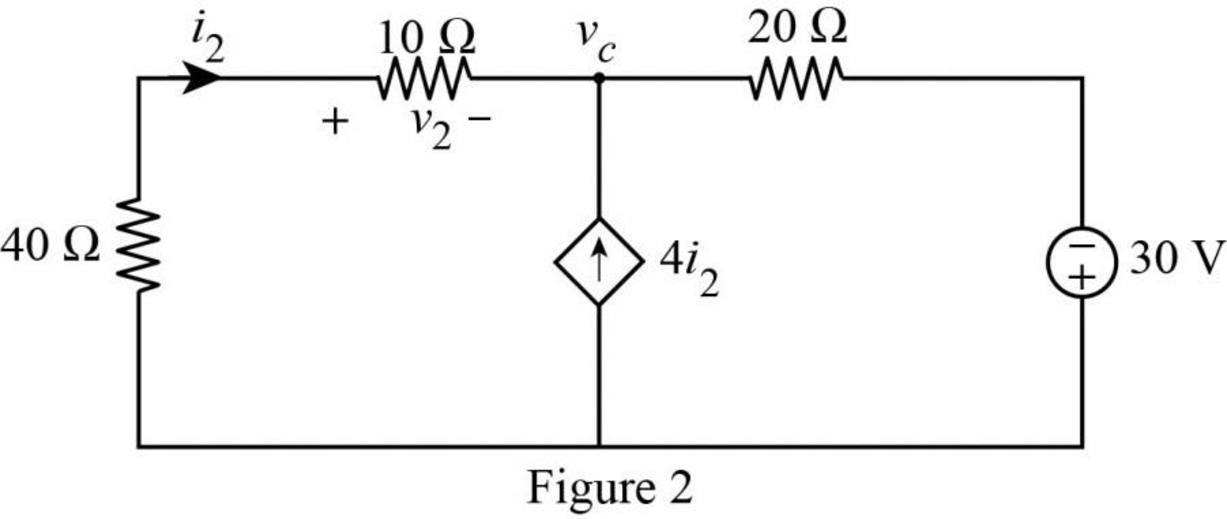
Apply nodal analysis at node
In Figure 2, the resistors 10 ohms and 40 ohms are connected in series. Therefore, the equivalent resistance for series connection is,
The modified circuit is shown in Figure 3.
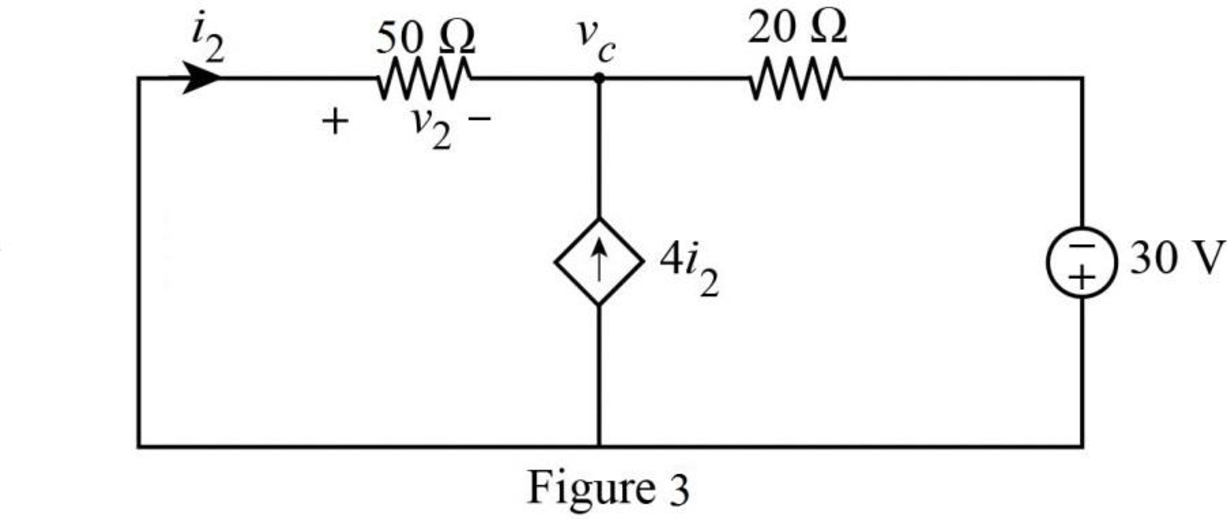
In Figure 3, the current
Substitute
The equation (12) becomes,
Rearrange the equation (13) to find the node voltage
Substitute
Therefore, in Figure 2 the voltage
Substitute
Substitute
In Figure 4.79, the current
PSPICE Simulation:
In the given circuit, since there are two sources, let
Where
When
Draw the circuit diagram in PSPICE as shown in Figure 4.
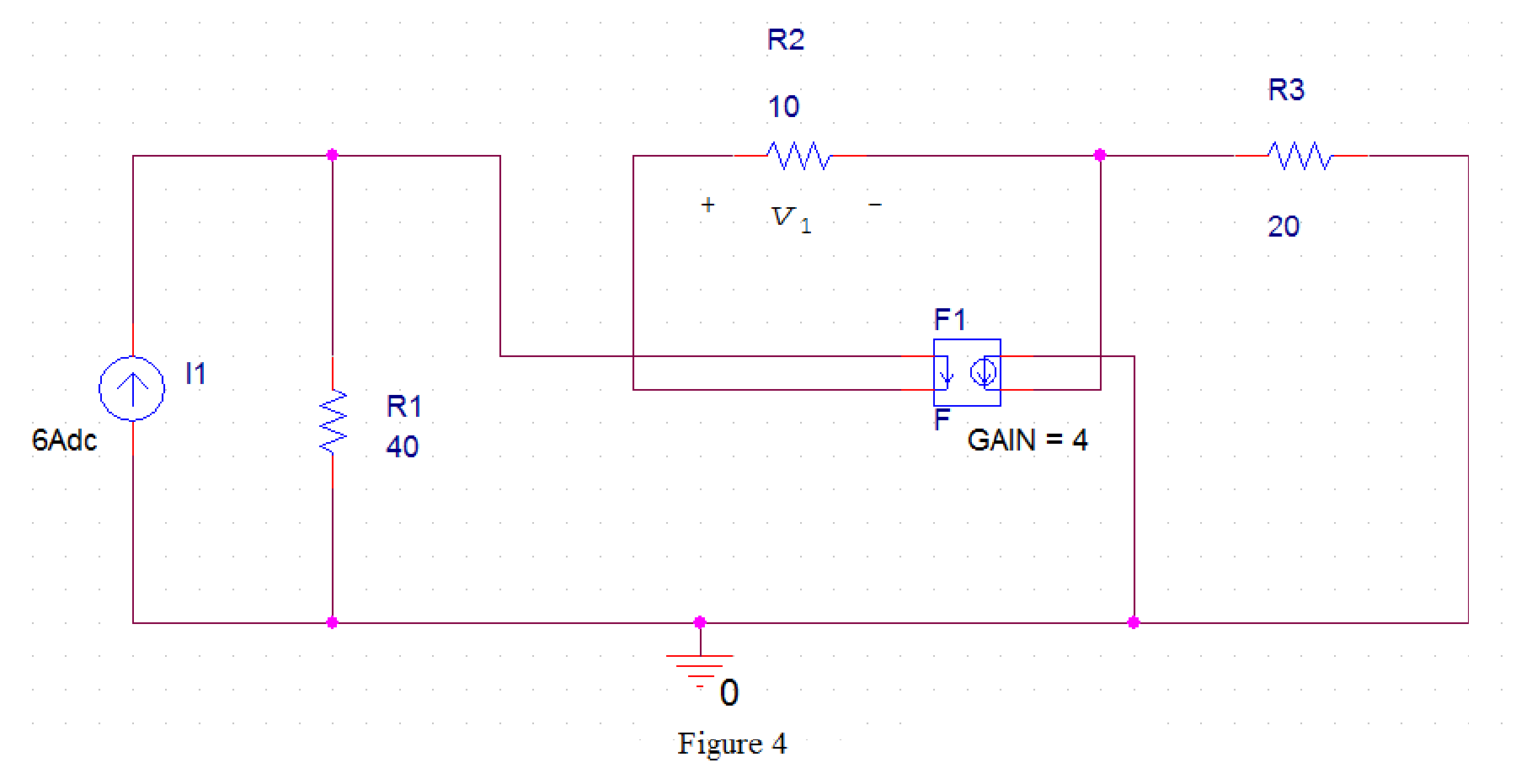
Save the circuit and provide the Simulation Settings as shown in Figure 5.
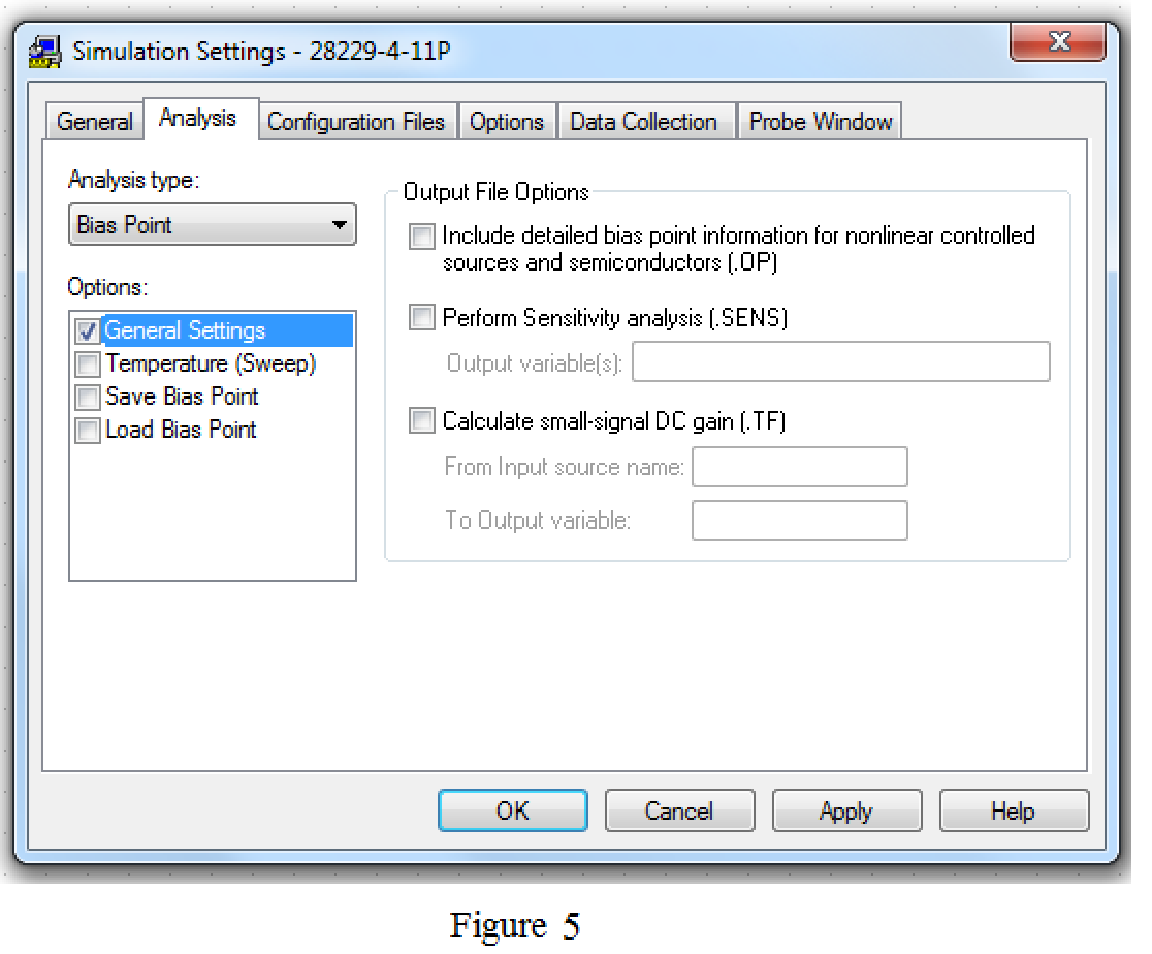
Now run the simulation and the results will be displayed as shown in Figure 6 by enabling “Enable Bias Voltage Display” icon and “Enable Bias Current Display” icon.
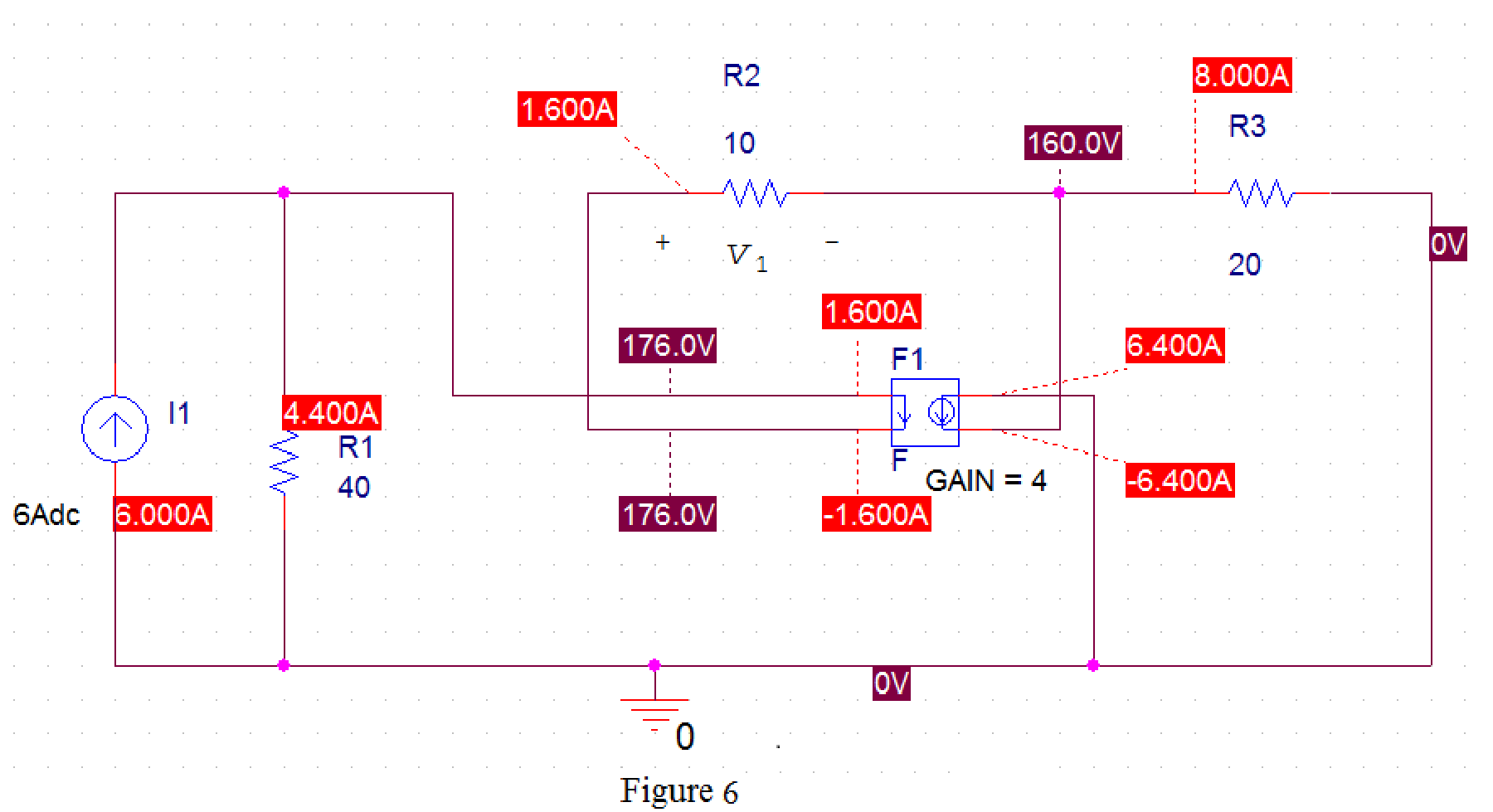
From Figure 6, the voltage
When
Draw the circuit diagram in PSPICE as shown in Figure 7.
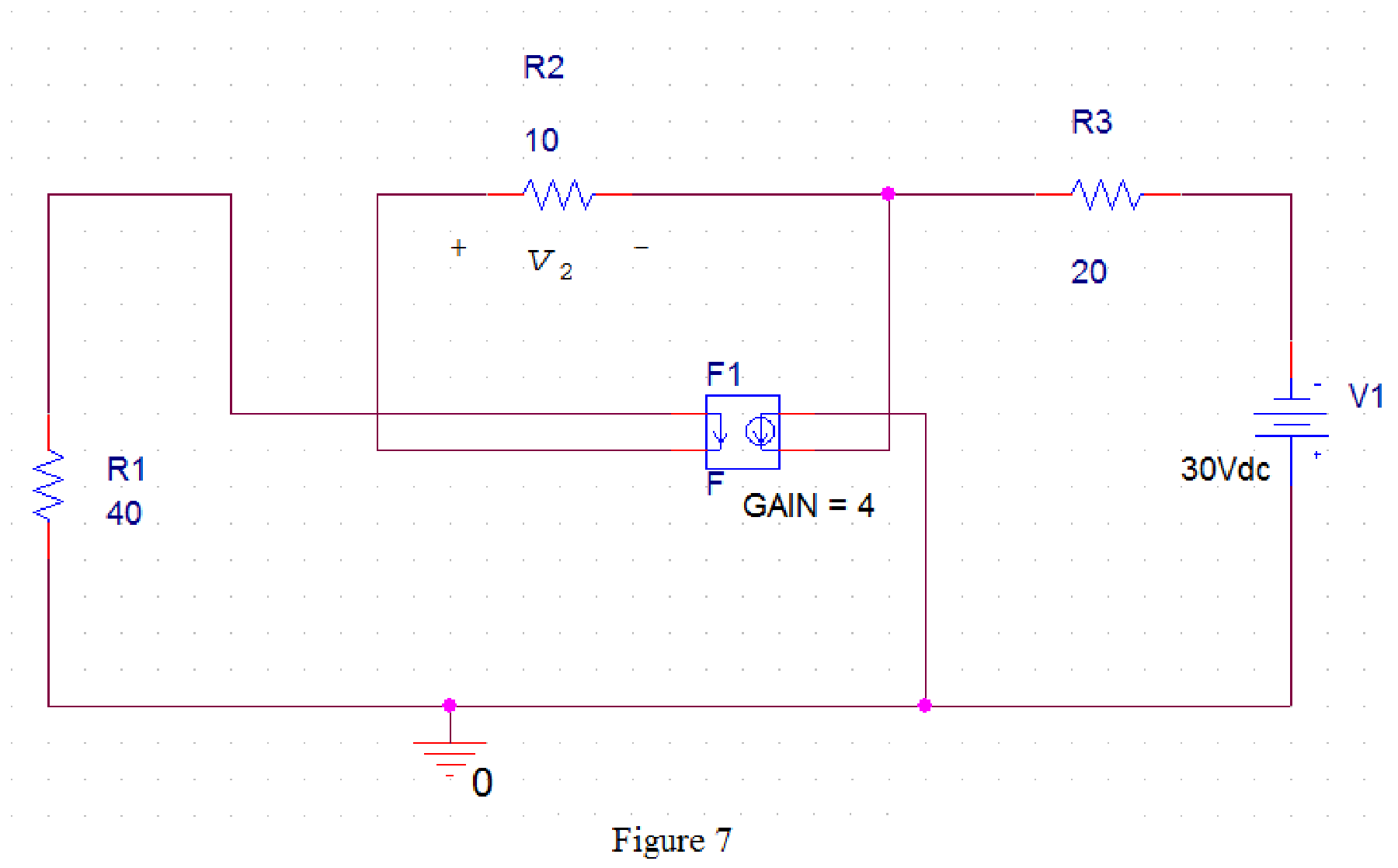
Save the circuit and provide the Simulation Settings as shown in Figure 8.
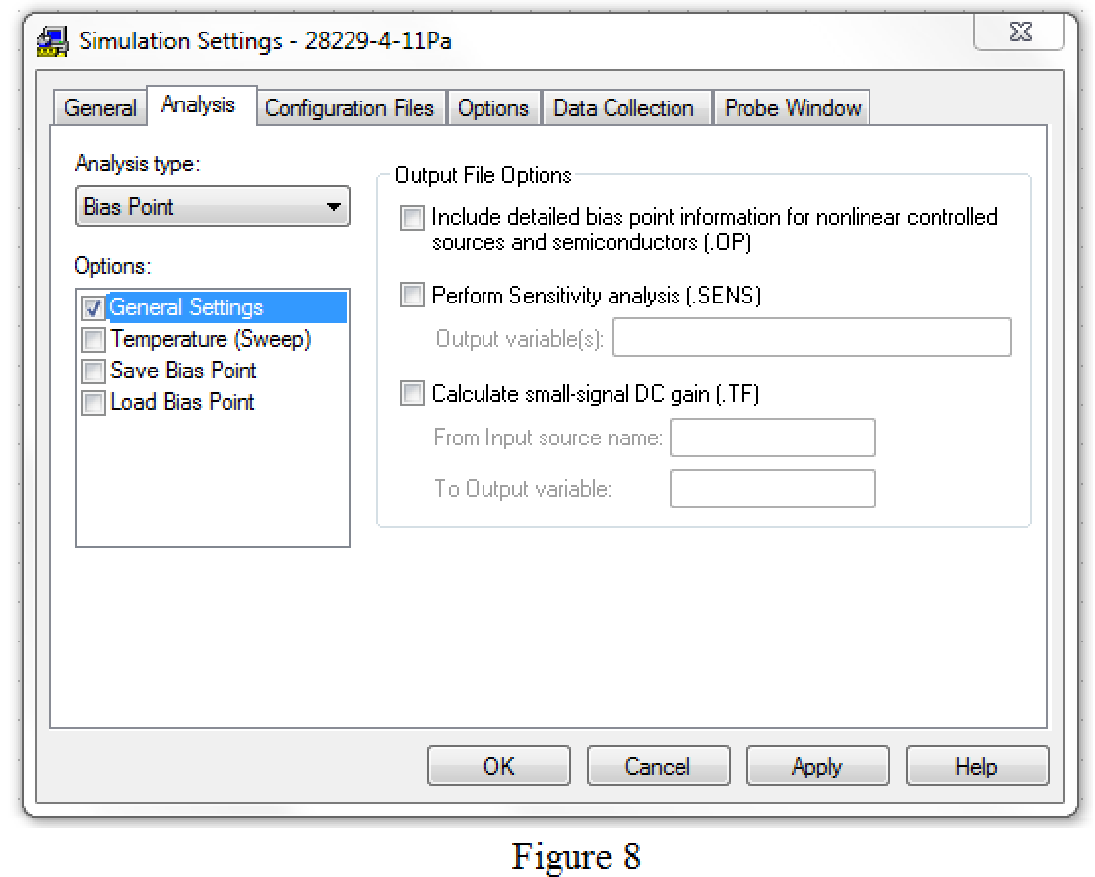
Now run the simulation and the results will be displayed as shown in Figure 9 by enabling “Enable Bias Voltage Display” icon and “Enable Bias Current Display” icon.
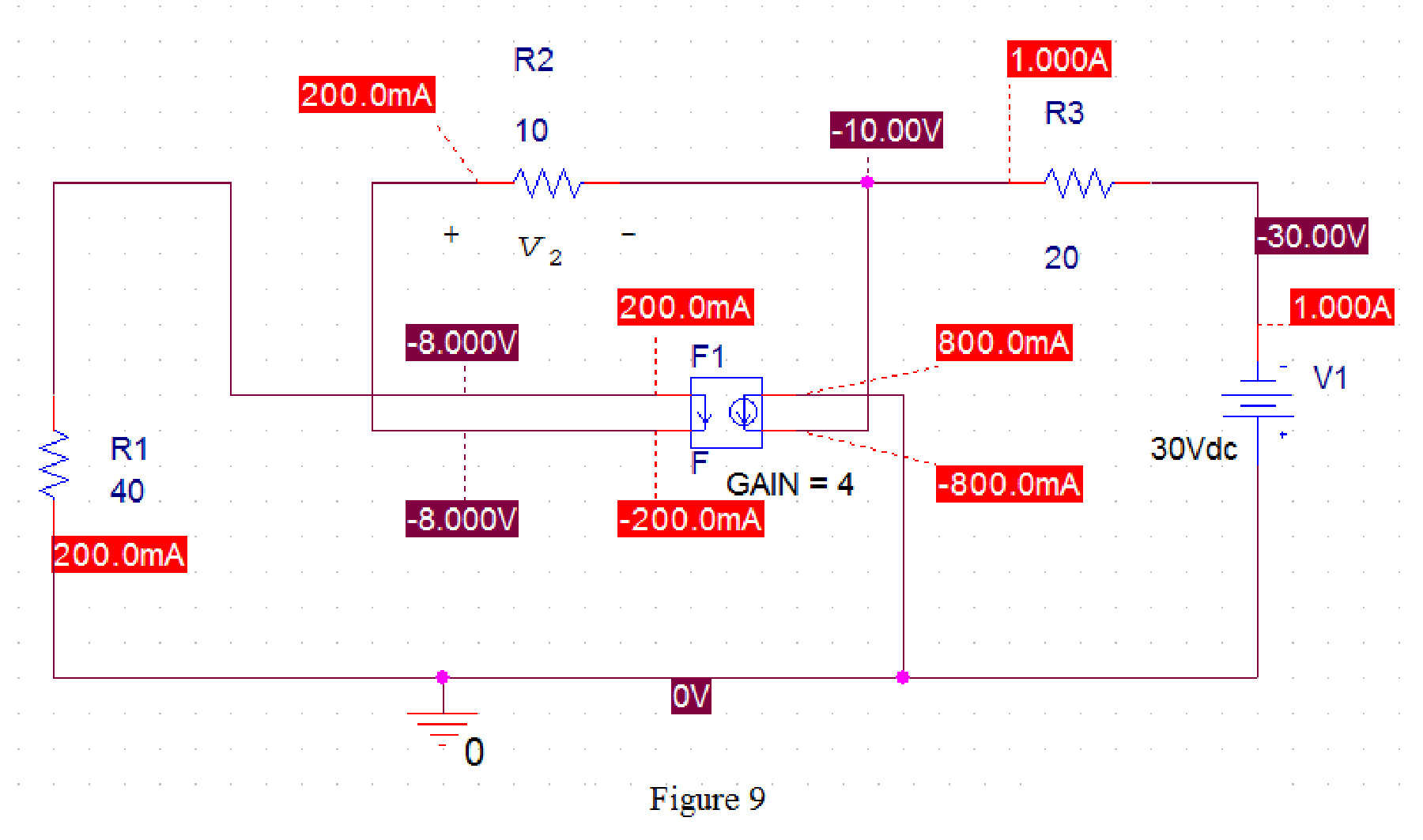
From Figure 9, the voltage
Therefore, the total voltage
Substitute
The current
Substitute 18 for
Conclusion:
Thus, the value of the voltage
Want to see more full solutions like this?
Chapter 4 Solutions
EBK FUNDAMENTALS OF ELECTRIC CIRCUITS
- What are the four conditions that must be met before a generator is connected to a 3 phase system?arrow_forwardPlease solve this question step by step and handwritten and do not use chat gpt or ai tools thank you very much!arrow_forwardPlease solve question c and d step by step and handwritten and do not use chat gpt or ai tools thank you very much!arrow_forward
- Please solve questions d,e,f step by step and handwritten and do not use chat gpt or ai tools thank you very much!arrow_forwardPlease solve this question step by step and handwritten and do not use chat gpt or ai tools thank you very much!arrow_forwardPlease solve question c,d,e step by step and handwritten and do not use chat gpt or ai tools thank you very much!arrow_forward
- Q1: Design a logic circuit for the finite-state machine described by the assigned table in Fig. 1: Using D flip-flops. a. b. Using T flip-flops. Present Next State Output State x=0 x=0 YE Y₁Y Y₁Y Z 00 00 01 0 0 от 00 0 0 10 00 10 11 00 10 0arrow_forwardFind Va and Vb using mesh analysisarrow_forwardFind Va and Vb using Mesh analysisarrow_forward
- Find Va and Vb using nodal analysisarrow_forward2. Using the approximate method, hand sketch the Bode plot for the following transfer functions. a) H(s) = 10 b) H(s) (s+1) c) H(s): = 1 = +1 100 1000 (s+1) 10(s+1) d) H(s) = (s+100) (180+1)arrow_forwardQ4: Write VHDL code to implement the finite-state machine described by the state Diagram in Fig. 1. Fig. 1arrow_forward
 Introductory Circuit Analysis (13th Edition)Electrical EngineeringISBN:9780133923605Author:Robert L. BoylestadPublisher:PEARSON
Introductory Circuit Analysis (13th Edition)Electrical EngineeringISBN:9780133923605Author:Robert L. BoylestadPublisher:PEARSON Delmar's Standard Textbook Of ElectricityElectrical EngineeringISBN:9781337900348Author:Stephen L. HermanPublisher:Cengage Learning
Delmar's Standard Textbook Of ElectricityElectrical EngineeringISBN:9781337900348Author:Stephen L. HermanPublisher:Cengage Learning Programmable Logic ControllersElectrical EngineeringISBN:9780073373843Author:Frank D. PetruzellaPublisher:McGraw-Hill Education
Programmable Logic ControllersElectrical EngineeringISBN:9780073373843Author:Frank D. PetruzellaPublisher:McGraw-Hill Education Fundamentals of Electric CircuitsElectrical EngineeringISBN:9780078028229Author:Charles K Alexander, Matthew SadikuPublisher:McGraw-Hill Education
Fundamentals of Electric CircuitsElectrical EngineeringISBN:9780078028229Author:Charles K Alexander, Matthew SadikuPublisher:McGraw-Hill Education Electric Circuits. (11th Edition)Electrical EngineeringISBN:9780134746968Author:James W. Nilsson, Susan RiedelPublisher:PEARSON
Electric Circuits. (11th Edition)Electrical EngineeringISBN:9780134746968Author:James W. Nilsson, Susan RiedelPublisher:PEARSON Engineering ElectromagneticsElectrical EngineeringISBN:9780078028151Author:Hayt, William H. (william Hart), Jr, BUCK, John A.Publisher:Mcgraw-hill Education,
Engineering ElectromagneticsElectrical EngineeringISBN:9780078028151Author:Hayt, William H. (william Hart), Jr, BUCK, John A.Publisher:Mcgraw-hill Education,





